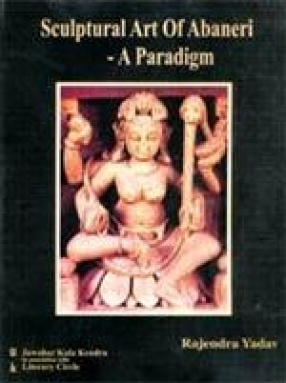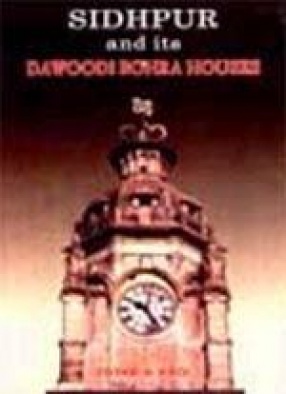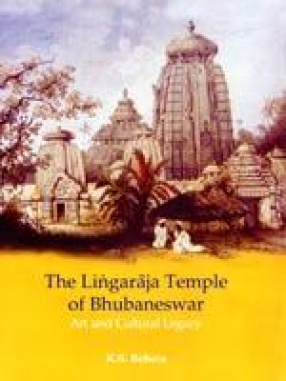This study emphasizes, for the first time, the water conduits in the Kathmandu Valley. Water conduits represent a building type which dates back to the dawn of Nepalese history, namely to the Licchavi dynasty of the mid-sixth century AD. They are designed with a high degree of skill, thus competing with the best building monuments found in the Kathmandu Valley. The aim of this study is to give a clear idea of the function and architecture of water conduits. The subject is addressed from the urban and social point of view, as well as by the detailed evaluation of selected examples. Particular attention is given to the publication of drawings which document six selected water conduits. The drawings are not merely a means of illustration but, most importantly, a result of investigation. The architecture of the Kathmandu Valley has been studied in depth by scholars, building experts and visitors for the past twenty-five years. Interest has been focussed on the numerous religious and secular building types above surface level, such as temples, monasteries, inns, palaces and dwellings. Publications include studies on architectural and art history, traditional building history and urban planning aspects, most of them emphasizing the cultural and ritual background of building and construction in the Kathmandu Valley. Both scientific studies and technical reports on practical restoration work are available. The author had the privilege of being included in the restoration team of the Bhaktapur Development Project (BDP), from 1974-79. Subsequently, in 1982, my Ph.D. thesis on Design Principles of the Architecture of the Kathmandu Valley–with particular reference to construction and form was published. Despite the great effort of many scholars to cover the various aspects of architecture in the Kathmandu Valley, both in general and in detail, very little attention has so far been given to the traditional technical infrastructure of the Newars. The group of buildings to be summarized under the term water architecture deserve much more extensive consideration. This group comprises wells, water conduits (or water fountains) and ponds, including their supply and drainage systems, and also the riverside ghats, used for cremation. Within the framework of this publication the centre of interest will rest on the water conduits. Newar water conduits are designed with a high degree of skill thus competing with the best building monuments to be found in the Kathmandu Valley. In addition, these water conduits represent a building type dating back to the dawn of Nepalese history, namely the Licchavi dynasty of the mid-sixth century AD. Water conduits have, therefore, been of great importance for at least fifteen centuries. The changing situation in urban and even village life, particularly with regard to the introduction of modern water supply systems, has led to the loss or damage of the majority of traditional water conduits. Nevertheless the number of existing examples is still large enough to give us an idea of both their function and their architecture. The aim of this study is to give a clear view of the function and the architecture of the water conduits in the Kathmandu Valley. A large number of the latter was investigated, with regard to function and use on the one hand and construction and architecture on the other, in order to produce a fund of data for reasonable comparison. The subject will be studied from the point of view of urban design as well as from the detailed evaluation of selected water conduits, which are mainly located in the three cities of the valley. Particular attention will be given to the publication of a drawing documentation of these selected buildings. Great effort was made by the technical team employed by the author to produce large scale documentation drawings. The drawings, therefore, occupy a central role in this study, not merely as a means of illustration but to reinforce the results of the investigation. Additionally, a number of drawings will be included which result from the restoration activities of the Bhaktapur Development Project in which the author himself was directly involved.

Water Conduits in the Kathmandu Valley
In stock
Free & Quick Delivery Worldwide
reviews
Bibliographic information
Title
Water Conduits in the Kathmandu Valley
Author
Edition
1st ed.
Publisher
ISBN
8121506905
Length
103p., Figure; Tables; Plates; Maps; Glossary; Bibliography; Index.
Subjects




There are no reviews yet.